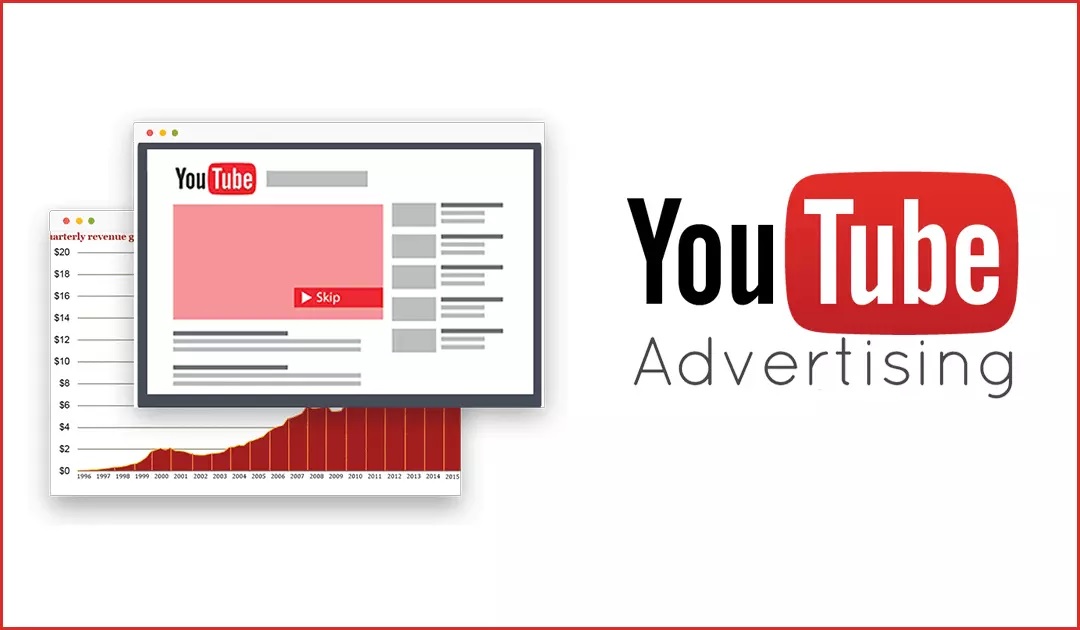
In today’s digital age, businesses are constantly seeking ways to expand their online presence and reach their target audience effectively. Google Ads is a powerful tool that can help you achieve just that. In this comprehensive guide, we will explore what Google Ads is and why you should consider using it to take your online advertising efforts from zero to a hundred.

Google Ads, formerly known as Google AdWords, is an online advertising platform developed by Google. It allows businesses and advertisers to display their advertisements on Google’s search engine results pages (SERPs) and across its vast network of partner websites. The core concept behind Google Ads is pay-per-click (PPC) advertising, where advertisers bid on specific keywords or phrases relevant to their products or services.
When a user enters a search query on Google that matches your chosen keywords, your ad may appear above or below the organic search results. You only pay when someone clicks on your ad, making it a cost-effective way to attract potential customers. Google Ads also offers a range of targeting options, including demographics, location, and device, allowing you to reach your ideal audience with precision.
– Immediate Visibility: With Google Ads, your ads can start appearing on Google within minutes of creating your campaign, providing instant visibility to potential customers.
– Highly Targeted: You have control over who sees your ads, ensuring they reach the right audience, at the right time, and in the right place.
– Cost-Effective: You set your budget, and you only pay when someone clicks on your ad, making it adaptable to businesses of all sizes.
– Measurable Results: Google Ads provides detailed insights into your campaign’s performance, allowing you to track conversions, clicks, and ROI.
– Flexible Campaign Management: You can adjust your campaigns in real-time, test different ad variations, and refine your strategy for optimal results.

To get started with Google Ads, follow these simple steps:
Keywords are the foundation of a successful Google Ads campaign. Conduct thorough keyword research to identify the terms and phrases potential customers are using to search for products or services similar to yours. Tools like Google’s Keyword Planner can help you discover high-traffic keywords with manageable competition.
Your ad copy should be concise, compelling, and relevant to the keywords you’ve chosen. Highlight your unique selling points, promotions, and a clear call-to-action (CTA) to encourage clicks.
Ad extensions provide additional information to your ads, making them more appealing and informative. Utilize extensions like site links, callouts, and structured snippets to improve your ad’s visibility and relevance.
Google assigns a quality score to your ads based on factors like click-through rate (CTR), ad relevance, and landing page quality. A higher quality score can lead to lower costs per click (CPC) and better ad placement.
Google Ads offers various bidding strategies, including manual CPC, automated bidding, and target ROAS (return on ad spend). Choose the strategy that aligns with your campaign goals and budget.
Regularly monitor your campaign’s performance using Google Ads’ robust analytics tools. Track key metrics such as conversion rate, click-through rate, and return on investment (ROI) to assess your campaign’s effectiveness.
Continuously optimize your campaigns by refining your keyword list, testing ad variations, and adjusting bidding strategies. A well-optimized campaign can lead to better results over time.
Determine your advertising budget based on your business goals and competition. Start with a modest budget and increase it as you gain confidence and see positive results.
Avoid common pitfalls in Google Ads, such as ignoring negative keywords, neglecting ad extensions, and not split-testing ad variations. These mistakes can impact the success of your campaigns.
Stay updated with the latest trends and changes in the Google Ads platform. Consider attending Google Ads training sessions or seeking advice from PPC experts to stay competitive.
In conclusion, Google Ads is a dynamic and versatile platform that can propel your business to new heights online. Its precision targeting, cost-effectiveness, and measurable results make it a must-have tool for any digital marketer. By following the steps outlined in this guide and avoiding common pitfalls, you can harness the full potential of Google Ads to take your online advertising from zero to a hundred.

